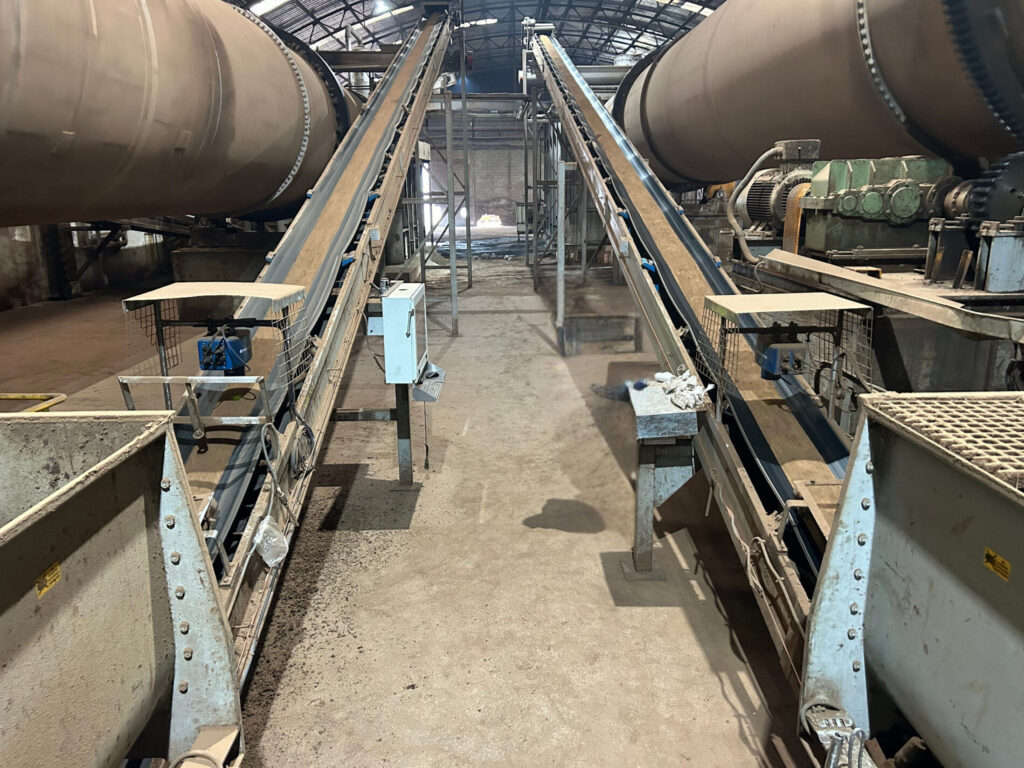MoistTech Corp. is the original manufacturer of Near-Infrared (NIR) technology in the Industrial Moisture industry, manufacturing a range of on-line sensors & at-line instruments for moisture measurement and real-time moisture process control.
Non-contact and insensitive to material variations such as particle size, material height & color, our moisture sensors provide continuous, reliable readings with zero maintenance and a one-time calibration. Reduce downtime, start-up time, waste and energy costs by monitoring the powder and bulk moisture levels at every stage of the process.
When one measurement is out of tolerance, a quick automatic or manual adjustment can be made to keep things moving correctly before costly time is lost, and waste is produced. Monitoring and controlling the moisture level in powder and bulk is critical for creating quality products from dry beverage products to laundry soap powder.
- Insensitive to Material Variations
- One-Time Calibration & Zero Drift Over Time
- Maintenance Free
- Product Quality Monitoring
- Process Optimization
- Fuel Consumption Savings
- Water Savings
- Dust Prevention









































